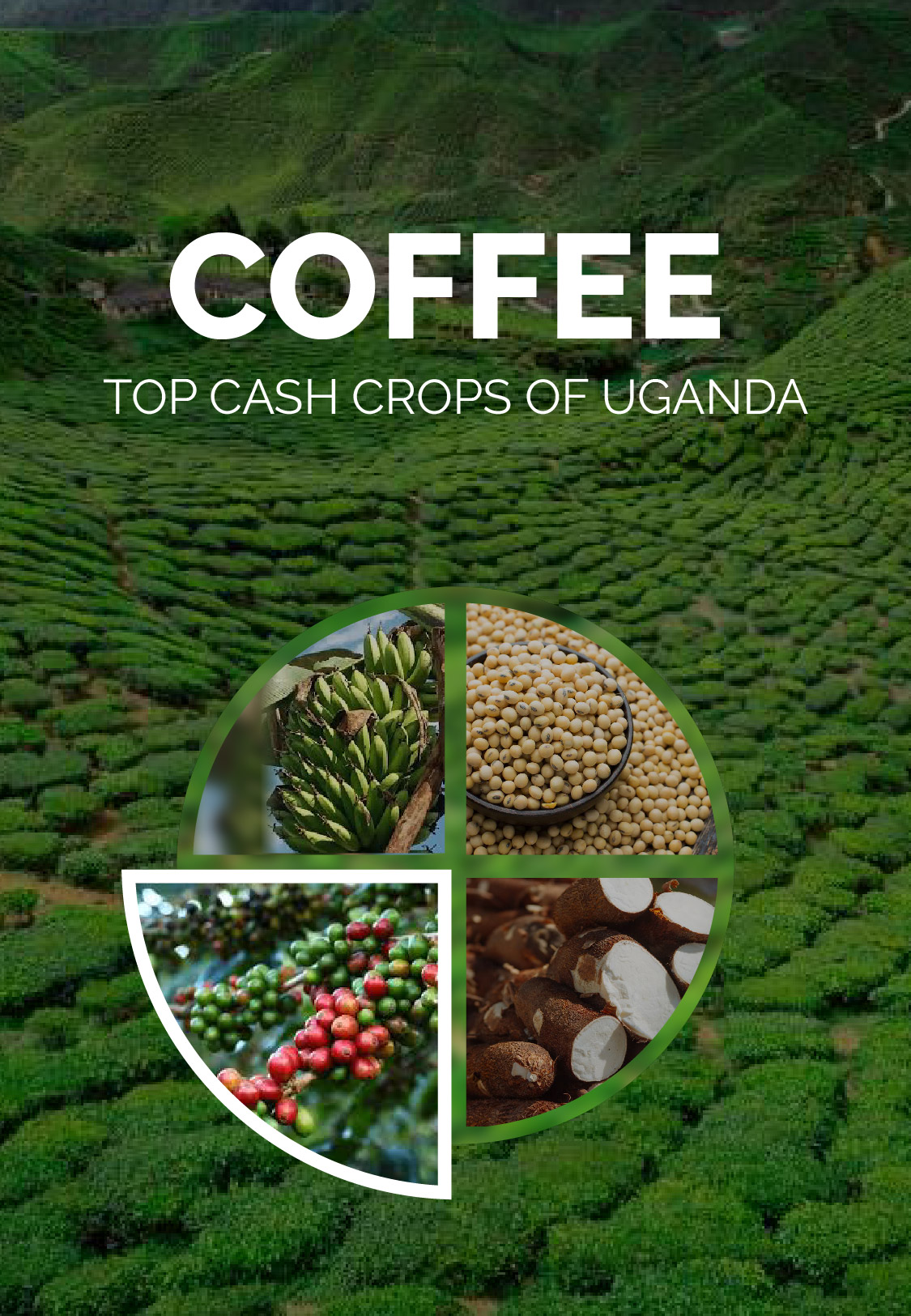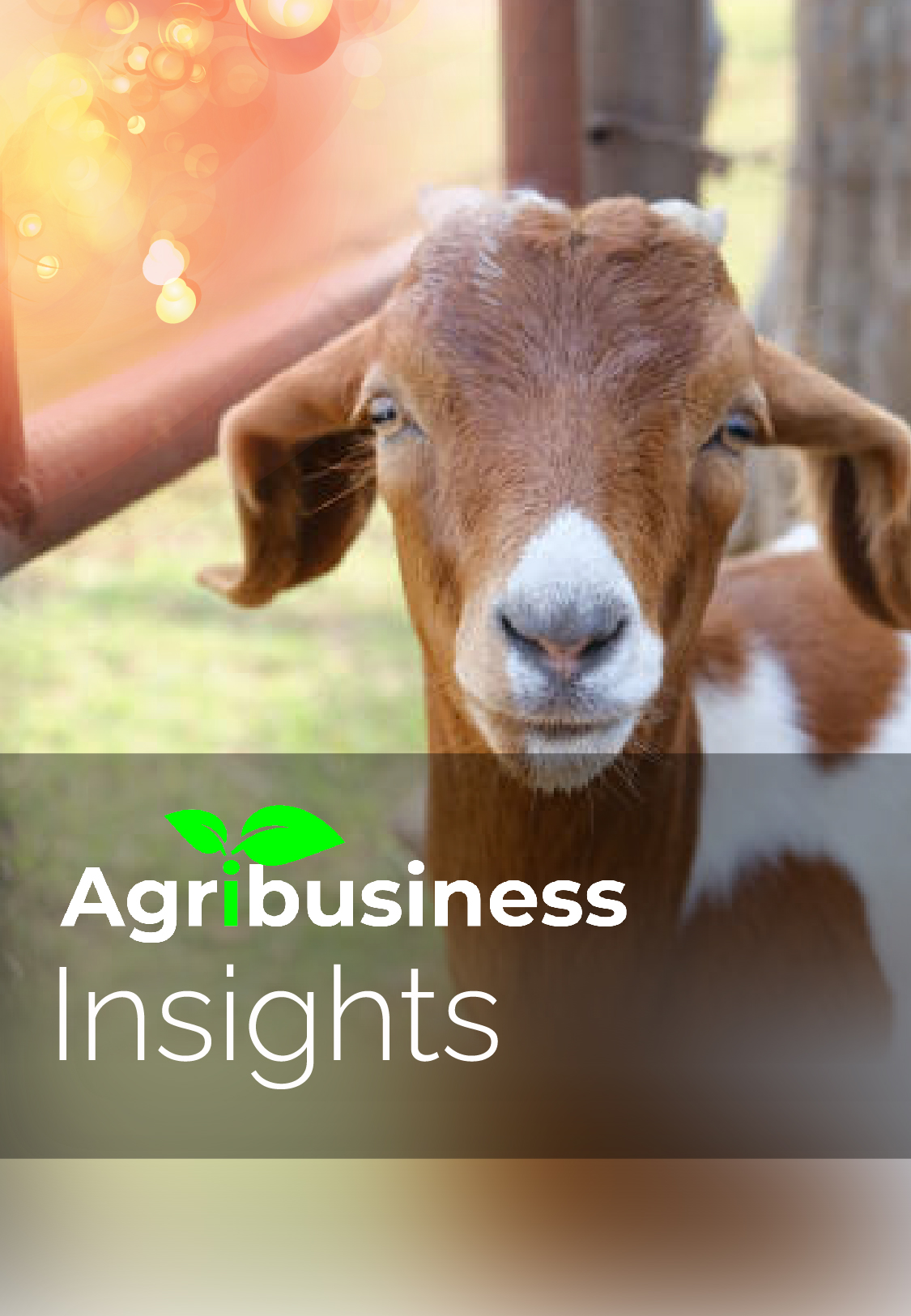The Kuroiler chicken is a fascinating dual-purpose hybrid breed developed in India. Let me share some interesting details about this remarkable bird:
-
Origin and Name:
- The Kuroiler chicken was created by Vinod Kapur of Kegg Farms Private Ltd. in the early 1990s.
- The name “Kuroiler” is a clever blend of “Kegg” and “Broiler.”
-
Breeding and Characteristics:
- Kuroilers are produced by crossing either White Leghorn roosters with Rhode Island Red hens, or colored broiler roosters with Rhode Island Red hens.
- These chickens are dual-purpose, which is suitable for meat and egg production.
- Unlike native Indian hens that lay only about 40 eggs per year, Kuroiler hens can produce around 150 eggs per year by consuming kitchen and agricultural waste.
- On average, Kuroiler roosters weigh approximately 3.5 kg, and hens weigh about 2.5 kg.
- They are resistant to diseases due to their unique genetic features.
-
Economic and Social Impact:
- Kuroiler chickens are bio-converters, efficiently turning household and agricultural waste into human protein food.
- They create substantial incomes for rural households.
- In India, the breed is popular among landless or smallholder farmers and is especially bred by rural women as a full-time or part-time business.
- Interestingly, Kuroilers have also been exported to countries like Kenya and Uganda.
-
Feeding and Growth:
- Kuroilers need to feed continuously and are fast-growing.
- The hens are not broody, which means they don’t sit on eggs for extended periods.






![Agribusiness Insights (Plantain farming [gonja]) Agribusiness Insights (Plantain farming [gonja])](http://alkebulantv.africa/upload/Movie thumbnails/plantain p-01.jpg)



Share